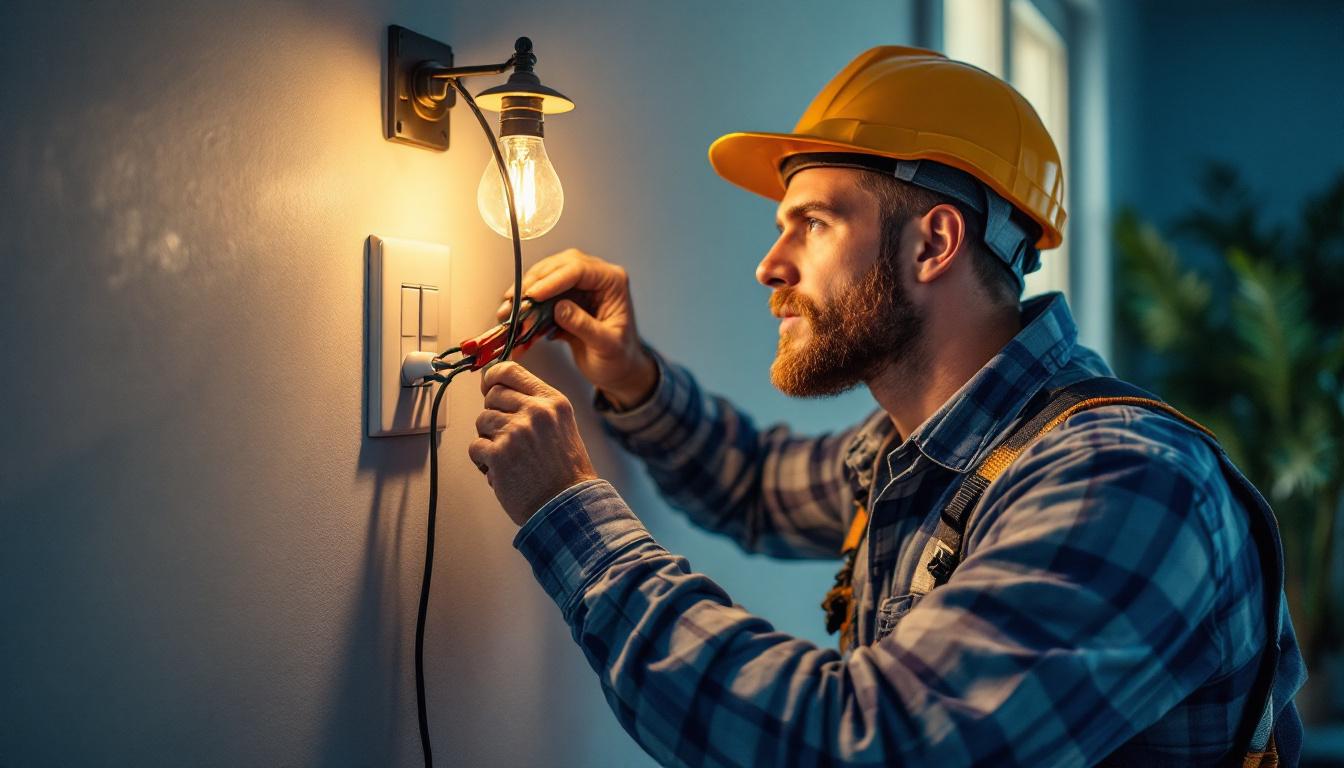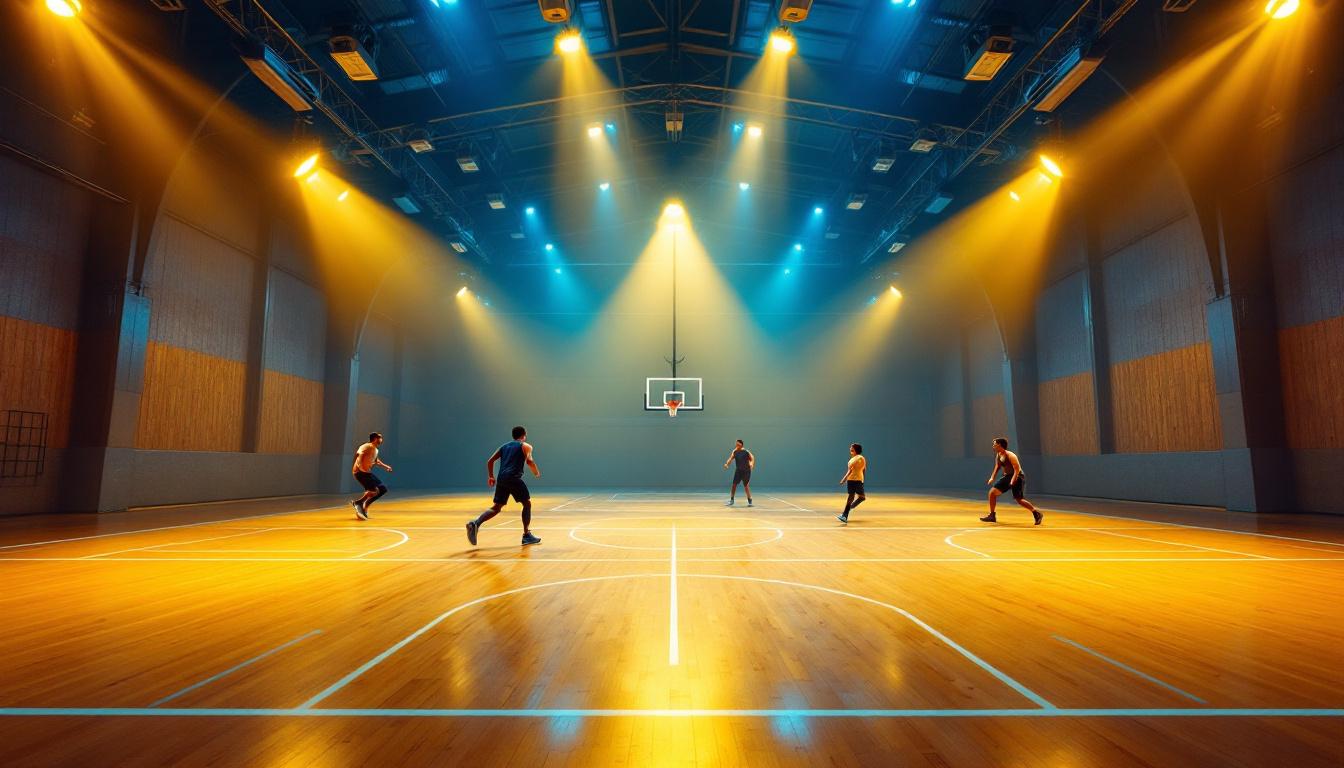
Light pole mailboxes combine two essential functions: illumination and mail delivery. For lighting contractors, this hybrid installation presents unique challenges and opportunities. It’s not just about mounting a light or setting up a mailbox; it’s about integrating these features safely, efficiently, and in compliance with local codes.
When a light pole mailbox is installed correctly, it enhances curb appeal, improves nighttime visibility, and offers convenience for mail delivery. However, improper installation can lead to electrical hazards, mail theft vulnerabilities, or maintenance nightmares. Contractors must approach these projects with a clear checklist to ensure every detail is covered.
In addition to the practical benefits, light pole mailboxes can also serve as a focal point in residential and commercial landscapes. They come in various designs and finishes, allowing homeowners and businesses to choose styles that complement their architecture or landscaping. For instance, a sleek, modern mailbox paired with a contemporary light fixture can create a striking visual effect, while a rustic design can enhance the charm of a traditional home. This aesthetic integration not only boosts property value but also reflects the owner’s personality and attention to detail.
Moreover, the technological advancements in lighting have opened up new possibilities for light pole mailboxes. Solar-powered options are increasingly popular, offering an eco-friendly solution that reduces electricity costs and minimizes environmental impact. These systems can be equipped with motion sensors that activate the light only when needed, further enhancing energy efficiency. As more homeowners and businesses seek sustainable solutions, the demand for such innovative designs is likely to grow, presenting an exciting opportunity for contractors to expand their offerings and expertise in this niche market.
Before any installation begins, assess the site thoroughly. The mailbox must be easily accessible for postal workers and residents, while the light pole needs to provide adequate illumination for safety and visibility. Consider the following:
Failing to evaluate these factors can result in costly relocations or safety hazards down the line. Additionally, think about the surrounding landscape; overhanging branches or dense shrubbery can impede access to both the mailbox and the light pole. A well-lit area not only enhances safety but also deters vandalism and theft, making it crucial to choose a location that maximizes visibility. Furthermore, consider seasonal changes, such as snow accumulation in winter, which may affect accessibility. A proactive approach ensures that the installations remain functional and safe throughout the year.
Every municipality and postal service has specific requirements for mailbox placement and lighting installations. These rules often dictate:
Ignoring these regulations can lead to fines, rejected installations, or the need for costly modifications. It is also advisable to consult with local authorities or the postal service before proceeding. They can provide valuable insights into best practices and any recent changes in regulations that may not be widely known. Additionally, understanding the community’s aesthetic preferences can guide you in selecting mailbox styles and lighting fixtures that harmonize with the neighborhood’s character. This attention to detail not only ensures compliance but also enhances the overall appeal of the property, contributing positively to the community’s image.
Mailboxes attached to light poles must withstand weather, vandalism, and daily use. Contractors should prioritize materials like galvanized steel or heavy-duty aluminum with rust-resistant coatings. Locking mechanisms enhance security, especially in neighborhoods prone to mail theft. Additionally, it’s wise to choose mailboxes with reinforced hinges and tamper-proof screws, as these features can further deter vandalism and prolong the life of the mailbox. The finish of the mailbox should also be considered; powder-coated options not only provide a sleek appearance but are also highly resistant to scratches and fading from UV exposure.
Additionally, consider the mailbox size. It should accommodate the volume of mail typically received without being oversized, which can affect the pole’s structural integrity. A well-sized mailbox can also prevent mail from getting crammed, which could lead to damage or loss. Furthermore, think about the design and color of the mailbox, as these elements can enhance the overall aesthetic of the property and contribute to curb appeal. Customization options, such as house numbers or decorative elements, can also make the mailbox a unique feature of the landscape.
The lighting element is crucial for safety and aesthetics. LED fixtures are the preferred choice due to their energy efficiency, longevity, and low maintenance. Choose fixtures with appropriate lumen output to ensure the area is well-lit without causing glare or light pollution. Dimming options or smart lighting systems can also be integrated for added functionality, allowing homeowners to adjust brightness levels based on the time of day or specific needs. Moreover, selecting fixtures with a color temperature that mimics natural daylight can enhance visibility and create a welcoming atmosphere.
Electrical components must be rated for outdoor use. Weatherproof junction boxes, conduit, and GFCI (Ground Fault Circuit Interrupter) outlets are essential for preventing electrical hazards. Using components compliant with the National Electrical Code (NEC) ensures safety and reliability. It’s also beneficial to incorporate surge protectors to safeguard against power surges, which can damage sensitive electronic components. Additionally, consider the installation of motion sensors or timers for the lighting system, which can not only enhance security by illuminating the area when movement is detected but also contribute to energy savings by reducing unnecessary power consumption during daylight hours.
Proper foundation work is the backbone of a stable light pole mailbox. Whether using a concrete base or a ground sleeve, the pole must be securely anchored to withstand wind loads and daily wear. The foundation depth and diameter depend on pole height and local soil conditions. It is essential to consult local building codes and regulations to ensure compliance, as these can vary significantly by region. Moreover, considering the potential for soil erosion or shifting, it may be beneficial to incorporate drainage solutions around the base to prolong the lifespan of the installation.
When mounting the mailbox, ensure it is firmly attached to the pole without compromising the pole’s structural integrity. Use corrosion-resistant fasteners and check for alignment to maintain a professional appearance. Additionally, consider the mailbox’s height and accessibility; it should be positioned to allow easy access for both the mail carrier and residents. A well-placed mailbox not only enhances functionality but also contributes to the overall aesthetic of the property, making it an integral part of the landscape design.
Wiring should be concealed within the pole or conduit to protect against damage and tampering. All connections must be tight and insulated. Installing a GFCI breaker or outlet is vital to protect against electrical shocks, especially in wet outdoor environments. Furthermore, it is advisable to use weatherproof junction boxes to safeguard connections from moisture and debris, which can lead to short circuits or system failures over time. Regular inspections of the wiring and connections can help identify potential issues before they escalate into serious problems.
Test the lighting system thoroughly before finalizing the installation. Verify that the light operates correctly during dusk and dawn, and check for any flickering or dimming that could indicate wiring issues. Additionally, consider implementing a timer or smart lighting control system to optimize energy usage and enhance convenience. This can allow for automatic adjustments based on seasonal changes in daylight, ensuring that the lighting is both efficient and effective. By taking these extra steps, you can ensure that your installation not only meets safety standards but also provides reliable performance throughout its lifespan.
Regular maintenance ensures the longevity and functionality of light pole mailboxes. Contractors should advise clients to perform inspections at least twice a year, focusing on:
Lighting contractors often encounter a few recurring problems with light pole mailboxes:
Clients appreciate contractors who provide clear guidance on maintaining their light pole mailbox. Offering a simple care guide can reduce service calls and prolong the life of the installation. Highlight the importance of:
Advancements in smart home technology allow for integration of features like motion-activated lighting or mail notification sensors. While these add-ons increase complexity, they also enhance security and convenience. Lighting contractors should stay informed about these options to offer clients modern, value-added solutions.
Light pole mailboxes require a thoughtful approach that balances structural integrity, electrical safety, and usability. Lighting contractors who follow a comprehensive checklist-from site assessment to maintenance-can deliver installations that stand the test of time and satisfy clients.
Focusing on durable materials, adherence to codes, and proactive communication with clients will reduce issues and build a reputation for quality work. In this specialized niche, attention to detail makes all the difference.
Ready to elevate your light pole mailbox installations with the finest lighting products on the market? Look no further than LumenWholesale. We provide contractors with spec-grade lighting essentials at unbeatable wholesale prices, ensuring your projects shine with quality and durability. With our direct-to-consumer approach, you’ll enjoy superior products without the extra costs. Plus, with free shipping on bulk orders, you can stock up on everything you need while maximizing your budget. Don’t compromise on quality or value—Wholesale Lighting at the Best Value is just a click away. Make LumenWholesale your go-to source for all your lighting needs today.

Discover expert tips and innovative strategies for lighting contractors in “Lotus Lighting: Advice for Lighting Contractors.” Enhance your projects with cutting-edge techniques, sustainable solutions, and insights into the latest industry trends.

Discover how the 3-way double switch revolutionizes lighting projects for contractors.

Illuminate your home’s interior with precision using our comprehensive checklist for indoor stairway lighting.

Discover the top benefits of barn basketball court lighting for contractors, including enhanced safety, energy efficiency, and cost savings—boost your projects today!.